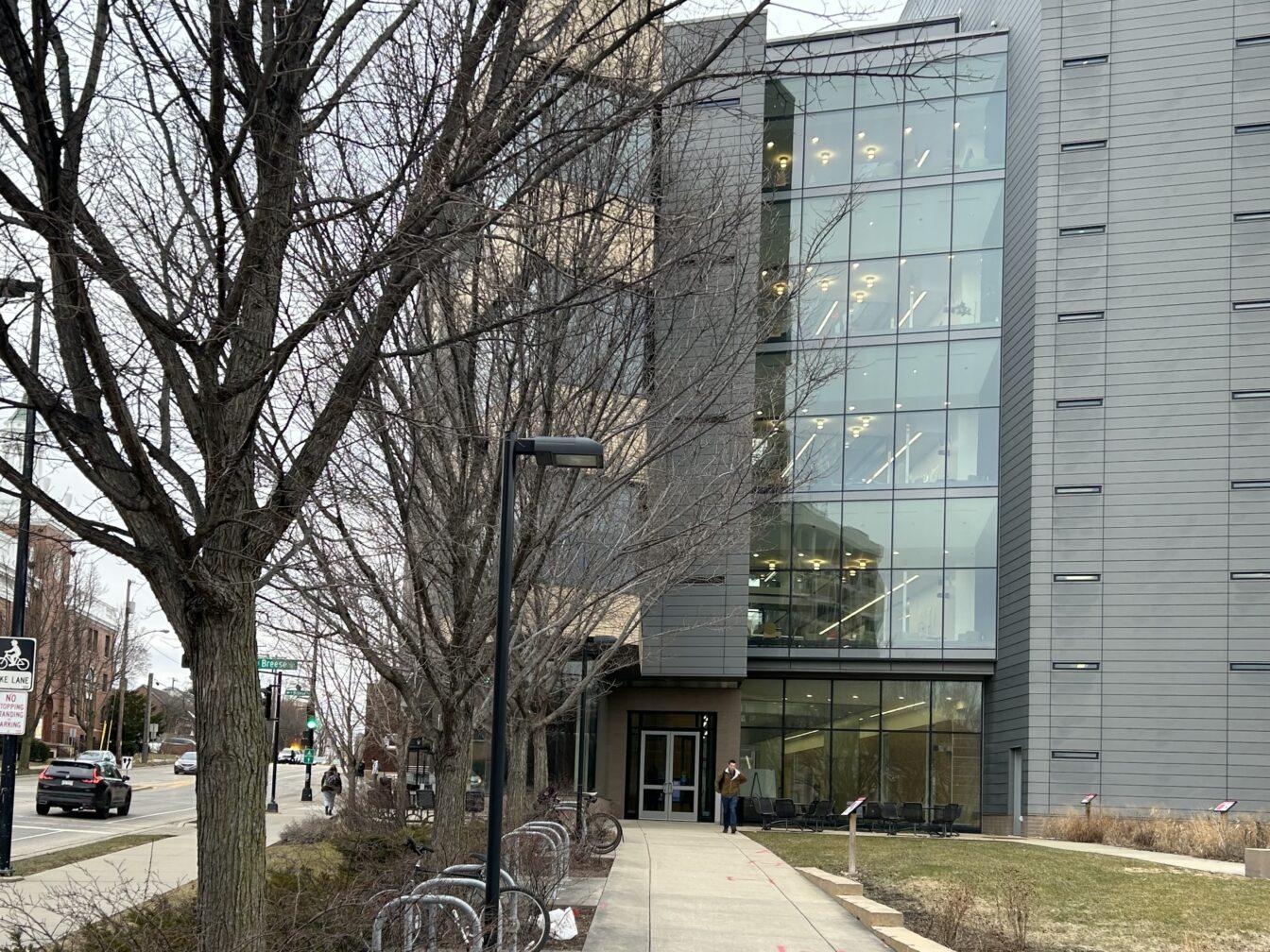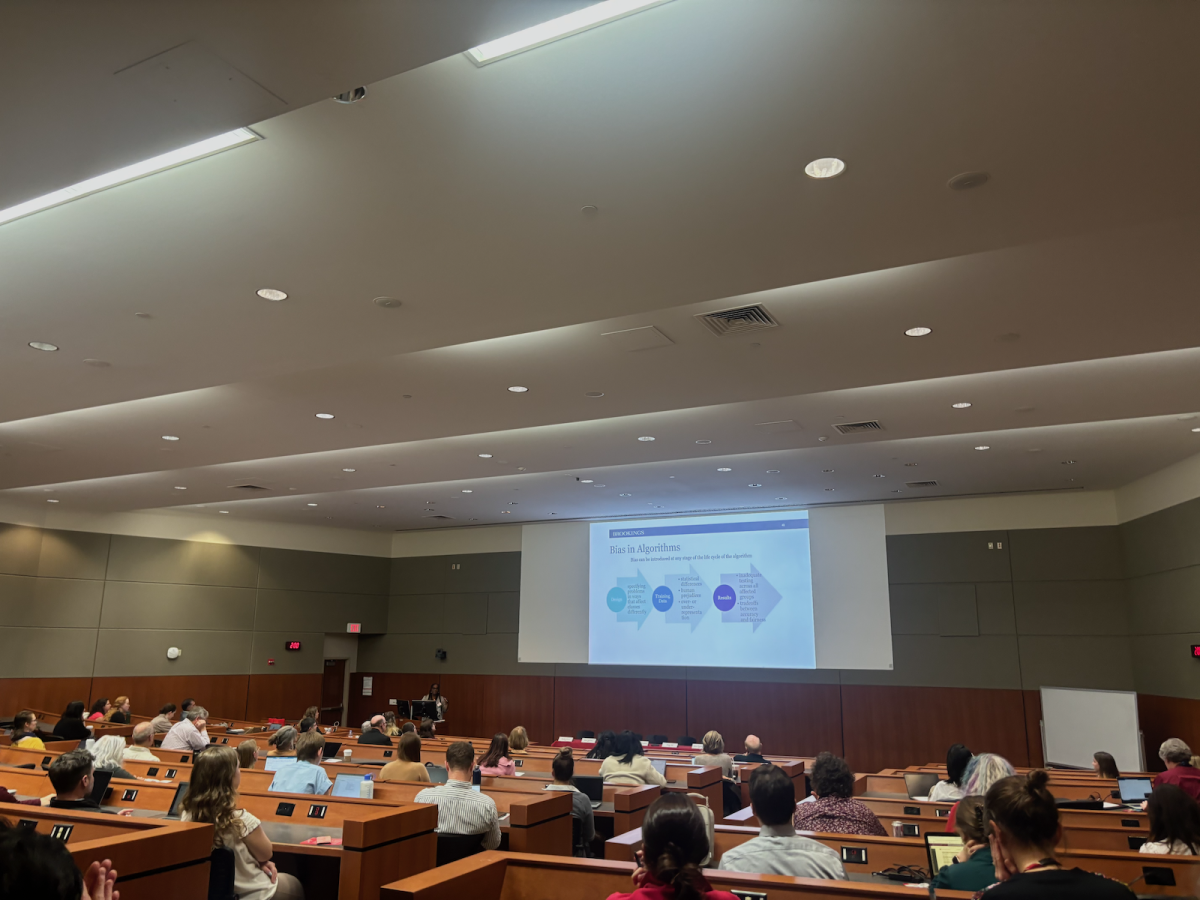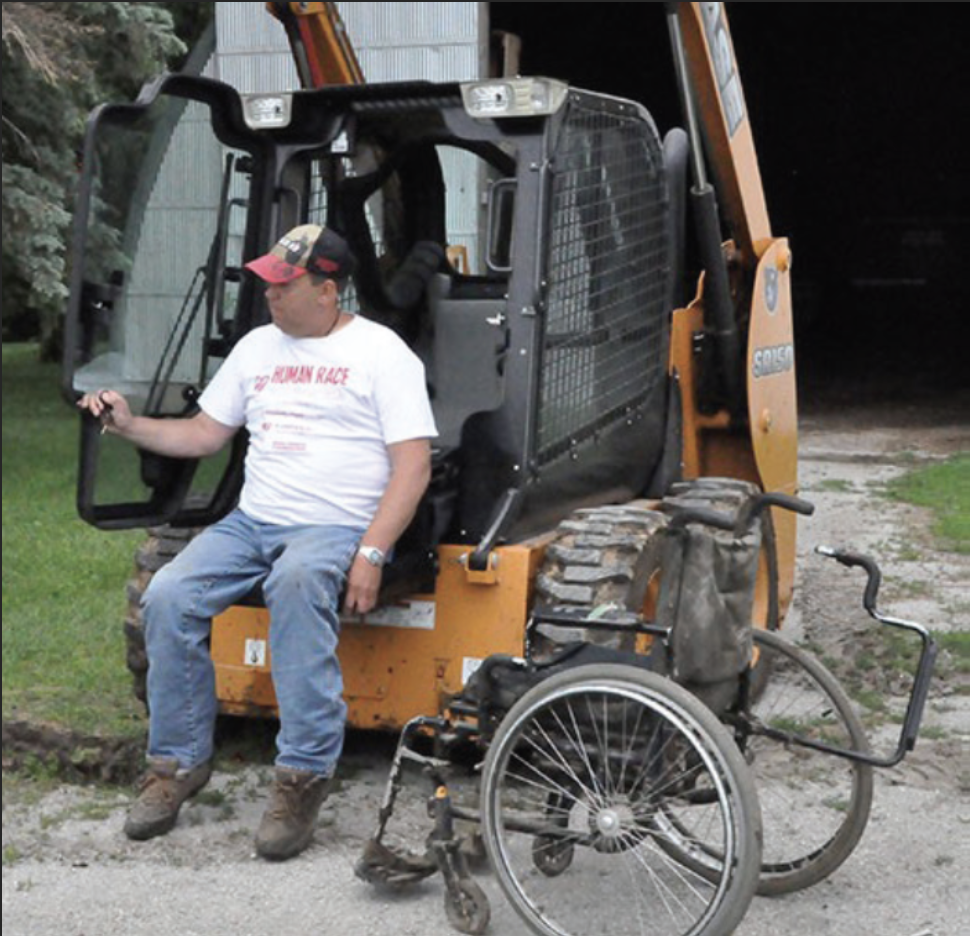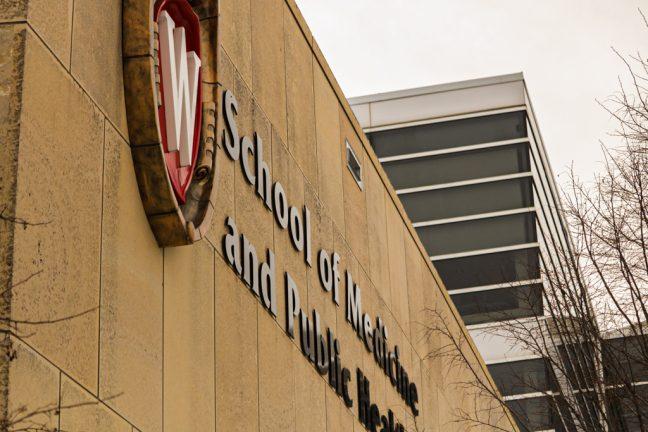Wisconsin’s agricultural industry, a top economic driver for the state, is facing challenges from rising temperatures due to climate change. Crops and livestock are feeling the negative effects.
Data collected by the Wisconsin Initiative on Climate Change Impacts shows that annual daily average temperatures have risen during the past half century. Across the state of Wisconsin, these average daily temperatures have risen between 2°F and 4°F — with some regions experiencing more drastic changes in temperatures than others.
Rising temperatures are not the only evidence of climate change in the state. According to the 2021 WICCI Assessment Report, Wisconsin has experienced increases in rain and snow and more frequent extreme rainfalls.
These changes in climate have had adverse effects on the state’s farming industry — forcing farmers to adapt to the circumstances and rethink their strategies, according to UW Associate Scientist and Associate Director of the Center for Climatic Research Michael Notaro.
“Growing seasons are longer because of a later first freeze in the autumn and earlier last freeze in the spring,” Notaro said. “There is greater stress on humans, livestock and plants.”
Farmers across Wisconsin have braced for the effects of climate change, adjusting their crop rotations and adapting their infrastructure. The effects of climate change will be exacerbated moving forward, according to Notaro.
Local bar owners, MPD beef up security measures after bar raided
Though climate change impacts various farming aspects, recent reports have shown a specific cause for concern in the Midwest region — a lack of night cooling for cattle.
Night cooling — a drop in temperature at night — is often relied on during hot summer seasons for livestock, according to former UW Animal Sciences professor Dan Schaefer.
“Night time cooling is really just what it means, it’s a chance for [the cattle] to offload some heat and recover,” Schaefer said. “It gives cows a chance to lower their core body temperature and position themselves for the next hot day.”
When cattle cannot cool off at night, it creates a cumulative effect, leaving cattle more vulnerable to the heat, according to Schaefer.
With warmer temperatures due to climate change, a lack of night time cooling is causing increased rates of heat stress among cattle which, in some cases, can lead to death, according to Schaefer.
“The heat stress is defined on the thesis of Temperature Humidity Index, which means that in climates that have elevated temperature and elevated humidity, there would be an elevated THI,” Schaefer said.
As it pertains to cattle, heat stress is not a significant cause for concern in Wisconsin yet, according to Schaefer. But with increased cattle death rates due to heat stroke across the Midwest, Wisconsin farmers are beginning to look for potential solutions.
Farmers have begun to take factors that increase susceptibility to heat stroke for cattle into consideration, Schaefer said. These factors include hide color, access to shade and using water to cool cattle off.
Finding presumptive solutions to a rising issue will help farmers brace for years to come — when the impacts of climate change will be more significant, according to Notaro.
Heat stress impacts every aspect of cattle health, which in turn lowers milk production, according to Notaro. In turn, this would affect multiple economic sectors across the state of Wisconsin.
Approximately one-third of Wisconsin is farmland and the agriculture industry is a major economic force — contributing $104.8 billion annually to the state’s economy, according to the Wisconsin Department of Agriculture, Trade and Consumer Protection.
Interruptions to farming conditions because of climate change can impact the income of farmers, according to Schaefer. Because of this, farmers are looking for ways to alleviate this impact in advance.
“Agriculture is very pliable and there aren’t any farmers who like to lose money, so if heat stress becomes a problem, they will adapt,” Schaefer said.
National Hispanic Heritage Month begins with March up Bascom
But Wisconsin’s agricultural industry isn’t only looking to alleviate the effects of climate change. Experts are also looking for ways to make the field more sustainable.
Sustainable Dairy Project Director Matt Ruark conducts research as part of a large USDA project. The project is a collaboration between universities, scientists and dairy organizations, with the ultimate goal being to consider climate change and sustainability as it pertains to dairy production.
“Our goals are to identify places where we can reduce greenhouse gas emissions across the dairy production system,” Ruark said. “We also want to think about ways that we can adapt our dairy systems to climate change.”
By making production more sustainable, Ruark and his team hope to set Wisconsin’s dairy industry up for success. In doing this, the agricultural industry at large will benefit, according to Ruark.
Climate change continues to pose threats to Wisconsin’s farmland, but with appropriate techniques, farmers will be able to withstand the challenges they may face, according to Ruark.
























